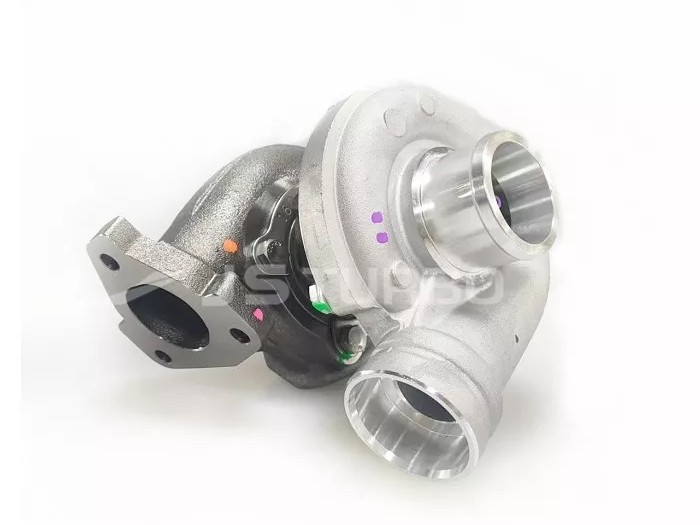
Comparison between Engineering Superchargers and Turbochargers
2022-12-20 17:00Comparison between engineering supercharger and turbocharger:
Early engineering supercharger technology was first used in aircraft. Engineers discovered the charm of turbocharging. After constant experiments, in 1962, General Motors installed an Oldsmobile Jetfire into a turbocharging system - V8 turbocharging, which became the first car in the world to use turbocharging technology. Then came the BMW 2002, the ancestor of the 3-series, and the Porsche Series, the Saab 900, Later, Audi 80 and 100 also used turbocharging technology.
In fact, the principle of turbocharging technology is very simple. Simply speaking, it is composed of a turbocharger and a turbine, which are connected by a transmission shaft. When the vehicle runs to a certain speed, the exhaust gas from the exhaust valve is enough to drive the turbine blades, and the entire turbocharging system is connected to work. The high-temperature exhaust gas drives the turbine blades to rotate, and the blades drive the supercharger to rotate through the drive shaft to compress the air entering the intake pipe. As the temperature of the compressed air rises, the air needs to be cooled by the intercooler before it enters the engine intake duct for combustion. In this way, the vital capacity of the engine is increased, combined with the direct injection in the cylinder, so as to achieve the ideal air fuel ratio, enhance the power, and improve the fuel economy.
By the end of the 1990s, China had introduced a batch of Volkswagen Passat 1.8T, the earliest Passat should have been in 1998. Then in 2002, the Audi A6 1.8T turbocharging technology officially entered the Chinese market and was favored by consumers. At the same time, the turbine hysteresis problem has become the most important problem for the engineers of major automobile enterprises. Unlike naturally aspirated engines, turbocharged engines need to reduce the compression ratio and increase the turbocharging value to reduce the turbine hysteresis, which is also a measure taken by major automobile enterprises today. Moreover, the current technology is relatively mature and the turbine hysteresis is not obvious.
The principle of the engineering supercharger is also very simple. The air passes through the air inlet, passes through the air filter and then enters the main inlet of the supercharger. The rotation of the supercharger rotor compresses the incoming air. The generated high-temperature gas is cooled by the intercooler and then enters the inlet for combustion. Therefore, the difference between the supercharger and the turbocharger is that the supercharger is involved in the work no matter how fast or slow the vehicle is driving, Turbocharger blades work continuously. Of course, unlike turbocharging, supercharging has a higher torque at low speeds than turbocharging, but at high speeds, its power performance is weaker than turbocharging. Because supercharging also consumes the power of the engine when driving, it is more suitable for large displacement engines. Moreover, it is more precise than turbocharging and costs more to maintain.

